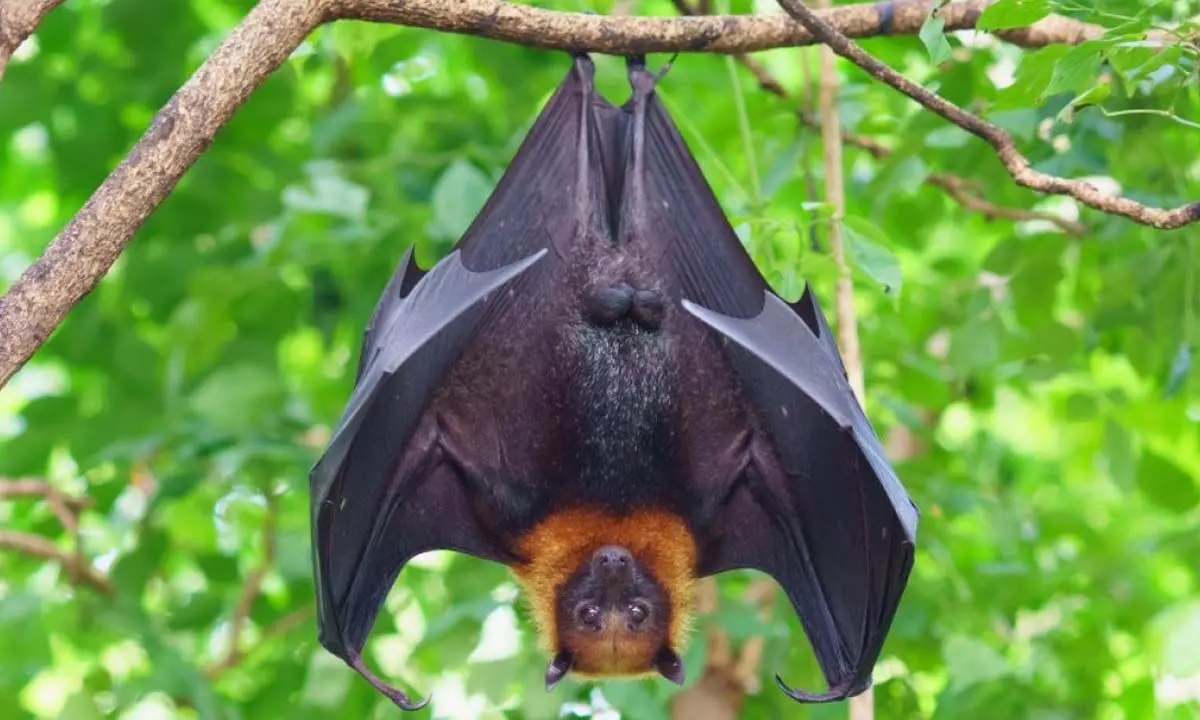New bat protein could help fight
inflammation, ageing in humans Expression of the bat protein ASC2 in genetically-modified mice dampened inflammation and reduced the severity of the diseases driven by various triggers, including viruses
image for illustrative purpose

Singapore: By studying the unusual ability of bats to host viruses without significant illness, scientists have discovered a protein that could unlock new strategies for fighting inflammatory diseases and ageing in humans.
The research, published in the journal Cell, is focused on multi-protein complexes called inflammasomes that are responsible for the overactive inflammation that causes serious symptoms in many diseases. Inflammasomes are also implicated in functional decline in ageing.
The team discovered that a bat protein called ASC2 has a powerful ability to inhibit inflammasomes, thereby limiting inflammation.
"Bats have attracted great attention as a likely reservoir of the SARS-CoV-2 virus responsible for the Covid-19 pandemic. But this unique ability to host yet survive viral infections could also have a very positive impact on human health if we can understand and exploit how they achieve this," said Professor Wang Lin-Fa, at Duke-NUS Singapore's Emerging Infectious Diseases (EID) Programme.
The study "suggests that the high-level activity of ASC2 is a key mechanism by which bats keep inflammation under control, with implications for their long lifespan and unique status as a reservoir for viruses," explained Dr Matae Ahn, Adjunct Researcher at the EID Programme.
The bat protein, tested in mice, showed good results. Expression of the bat protein in genetically-modified mice dampened inflammation and reduced the severity of the diseases driven by various triggers, including viruses, the team said.
Examination of the ASC2 protein in detail identified four amino acids in the molecule that were key to making the bat protein more effective at dampening inflammation than its corresponding human protein.
This provides valuable insight for the development of drugs that can mimic the anti-inflammatory effect of the bat protein.

